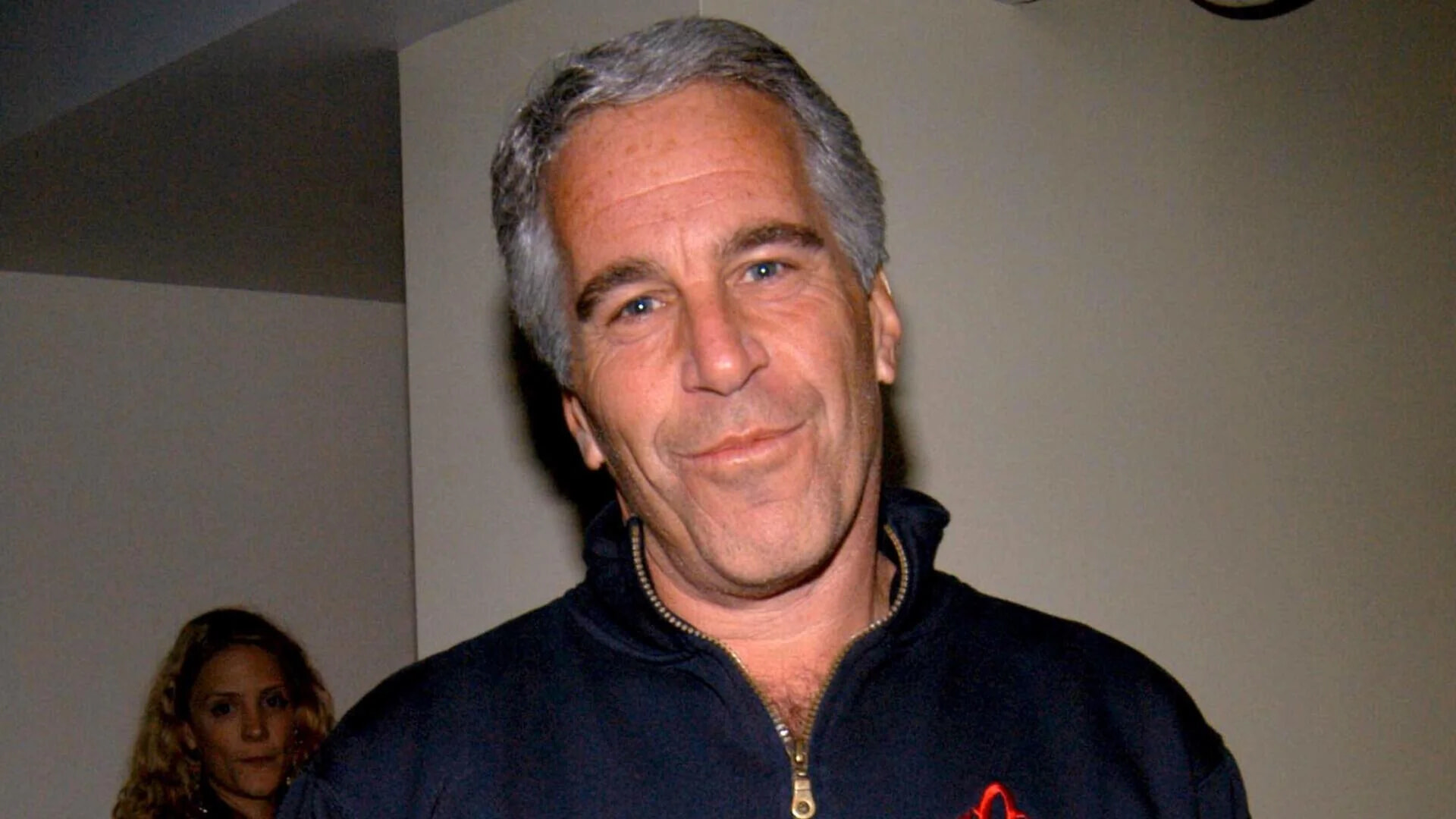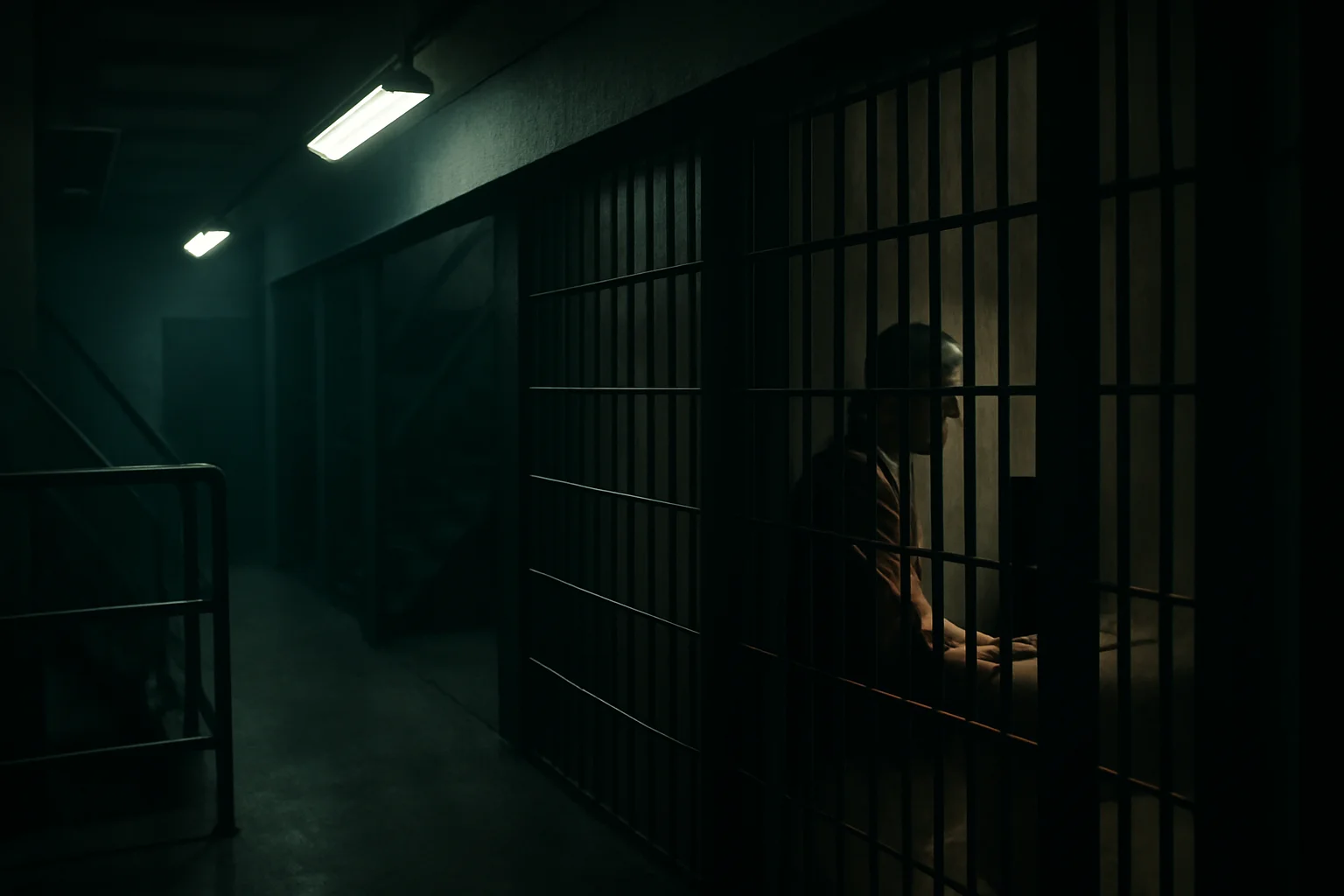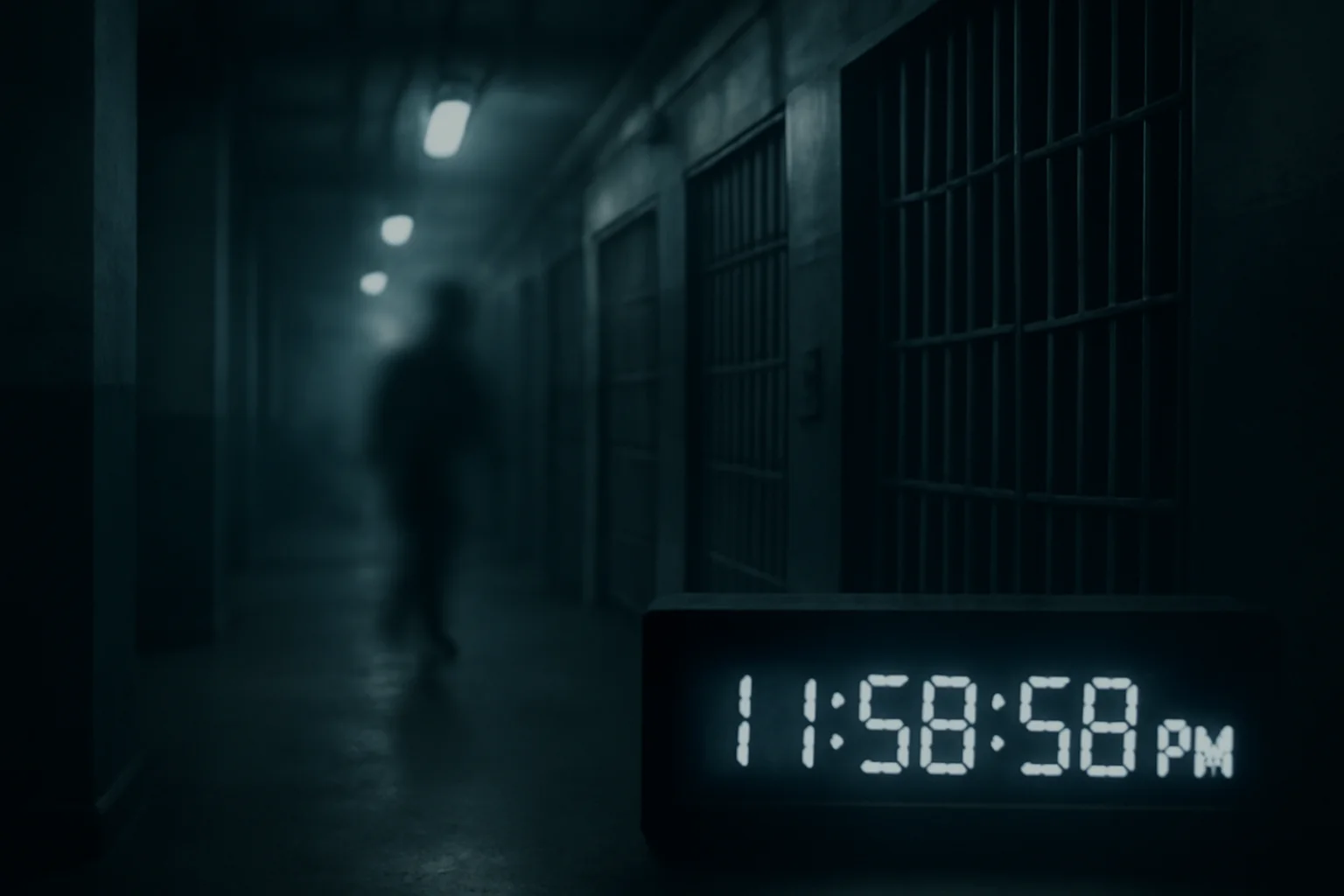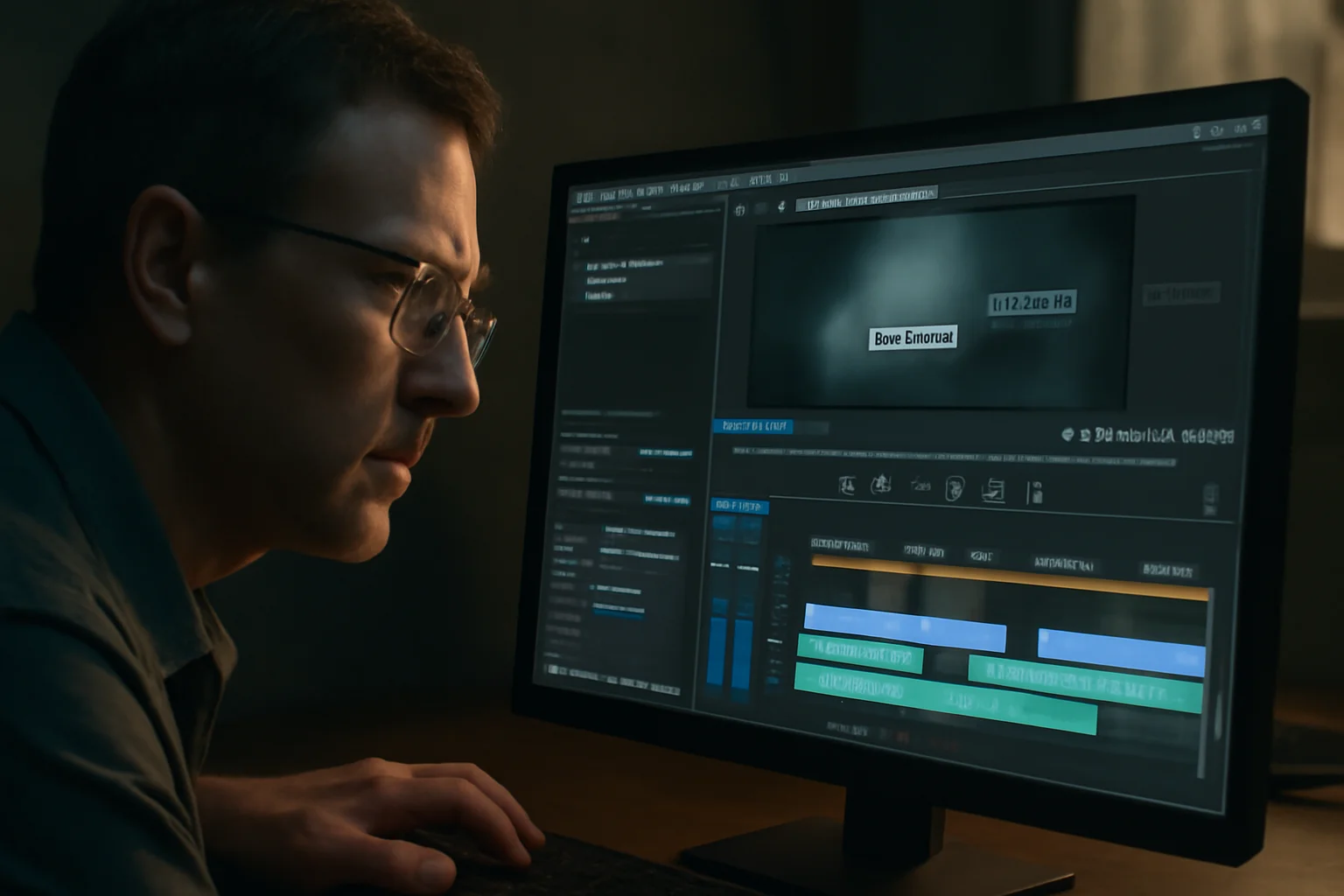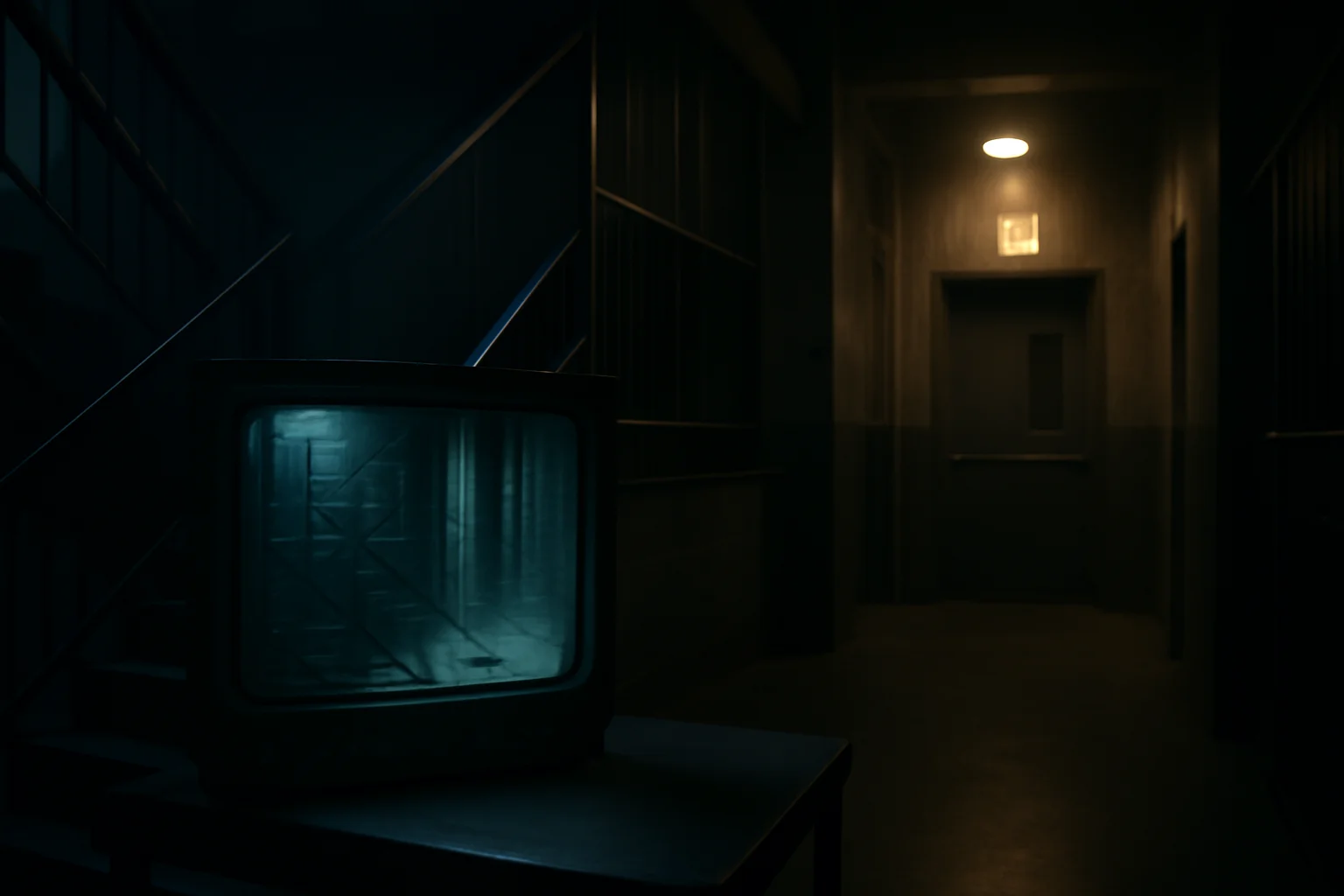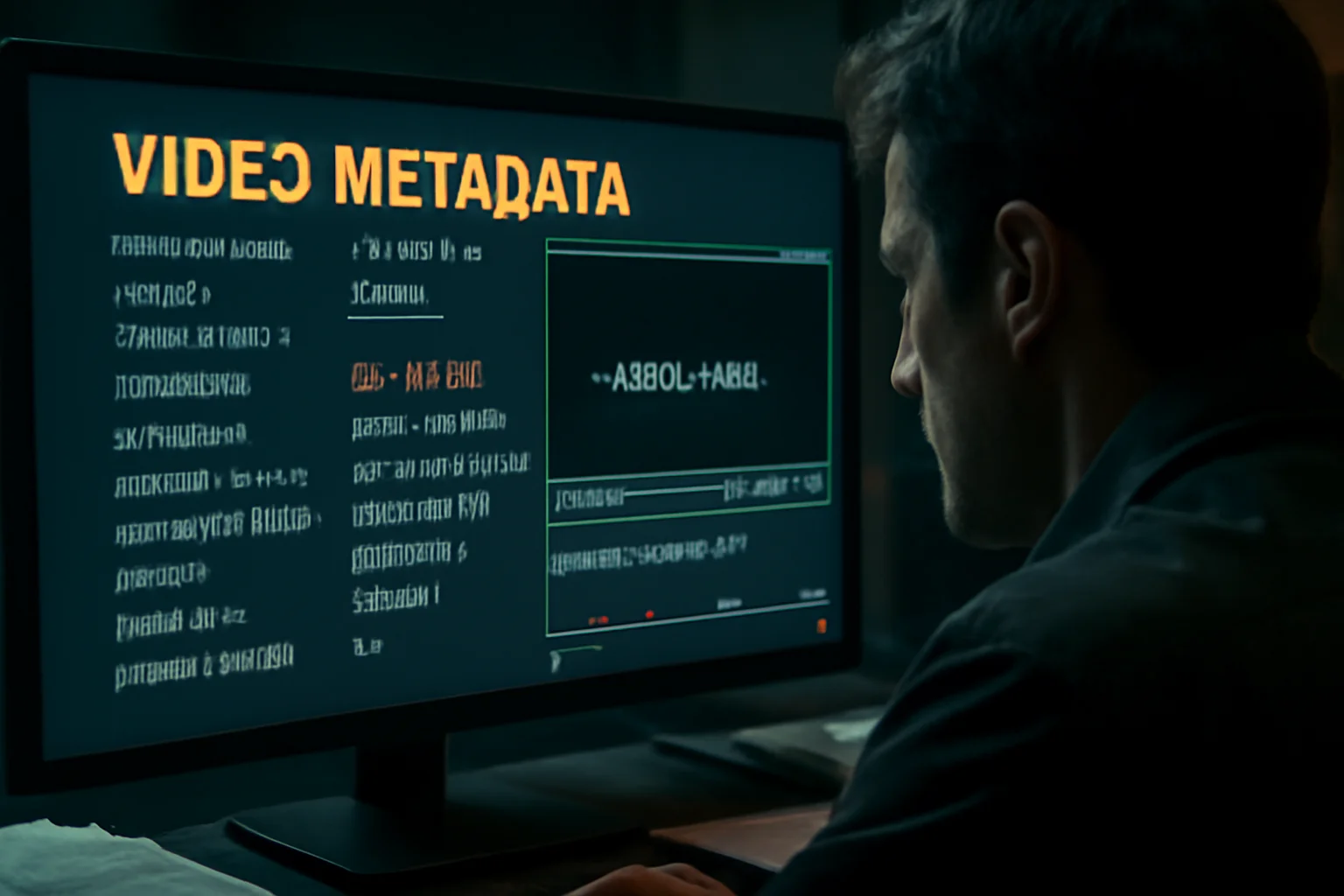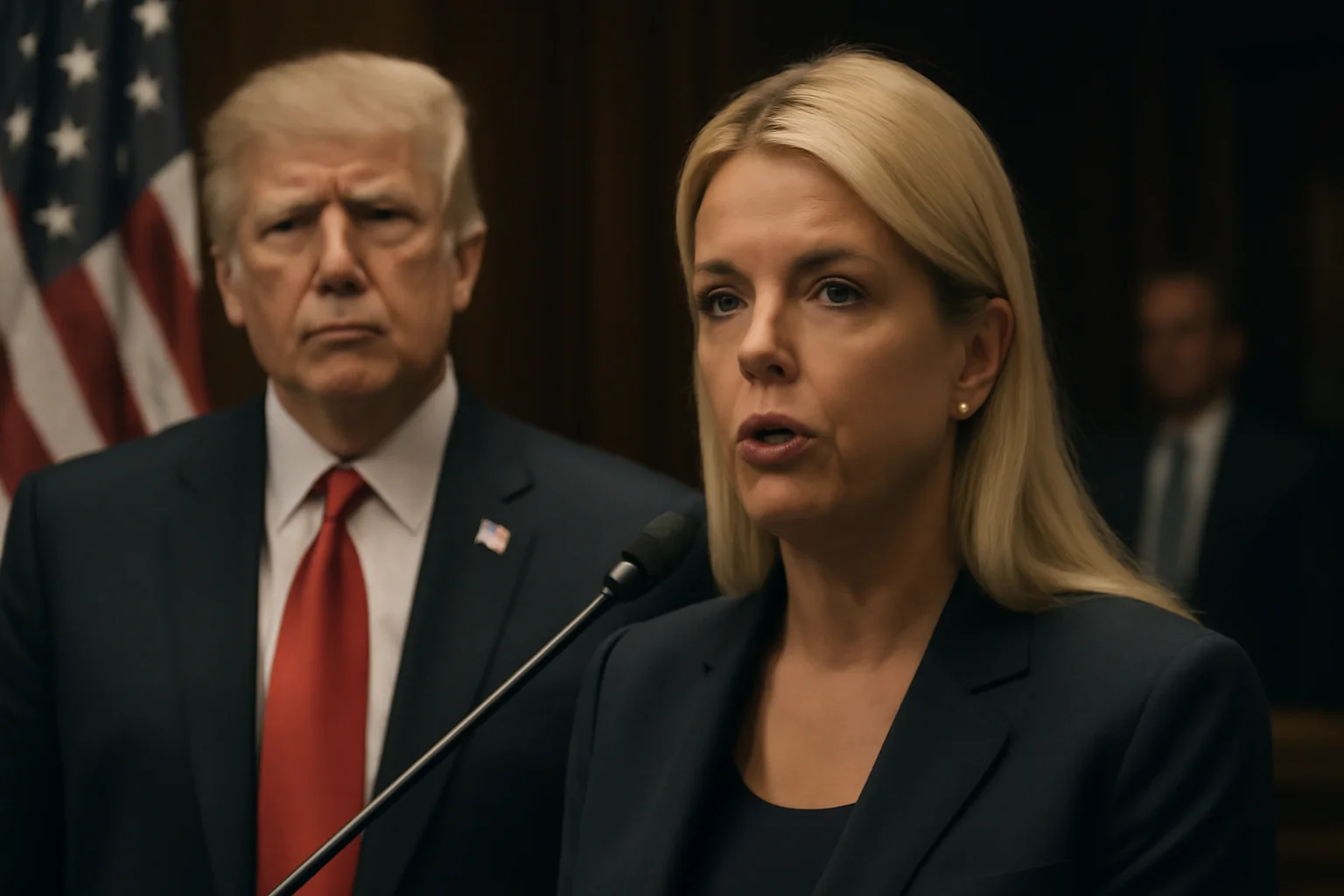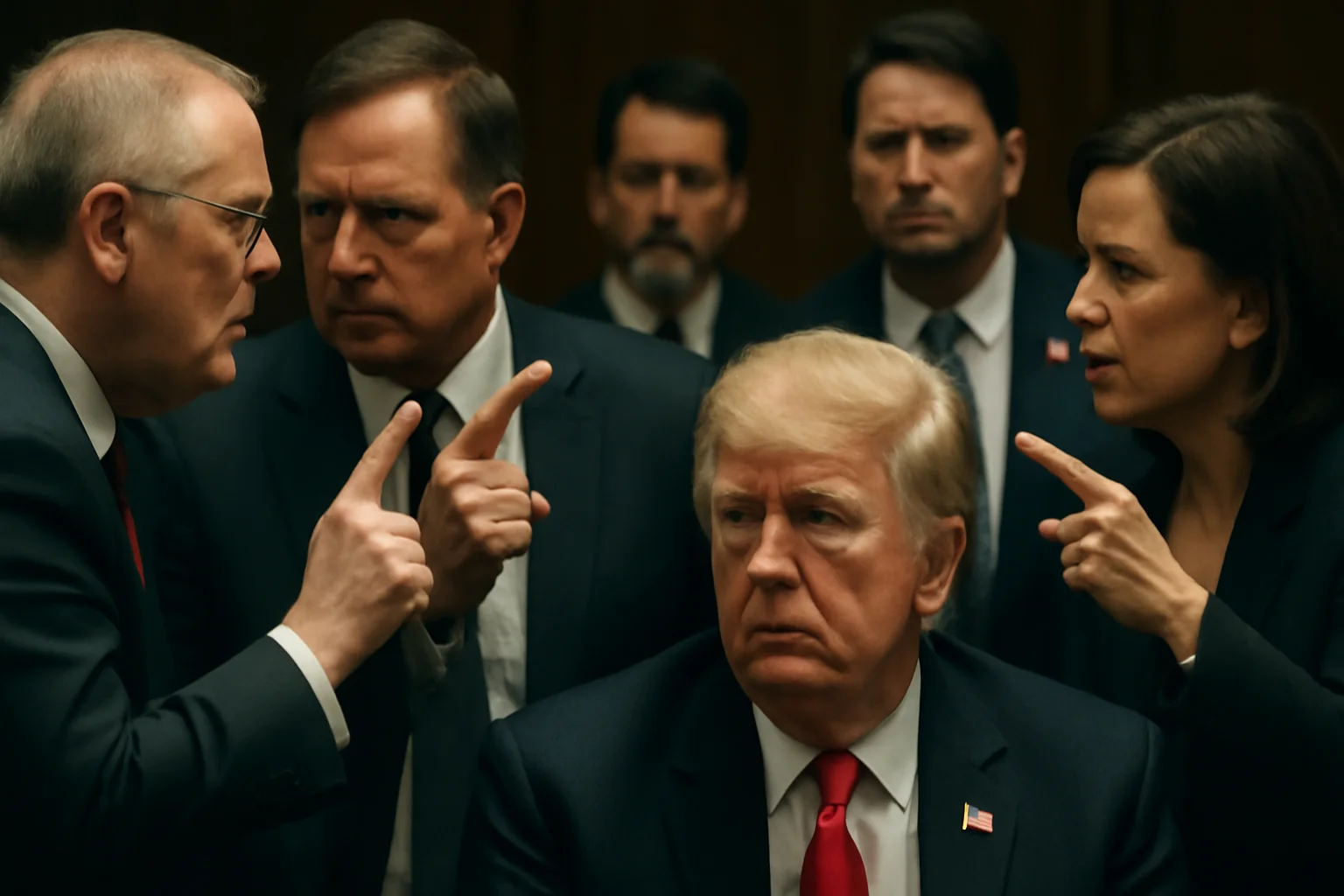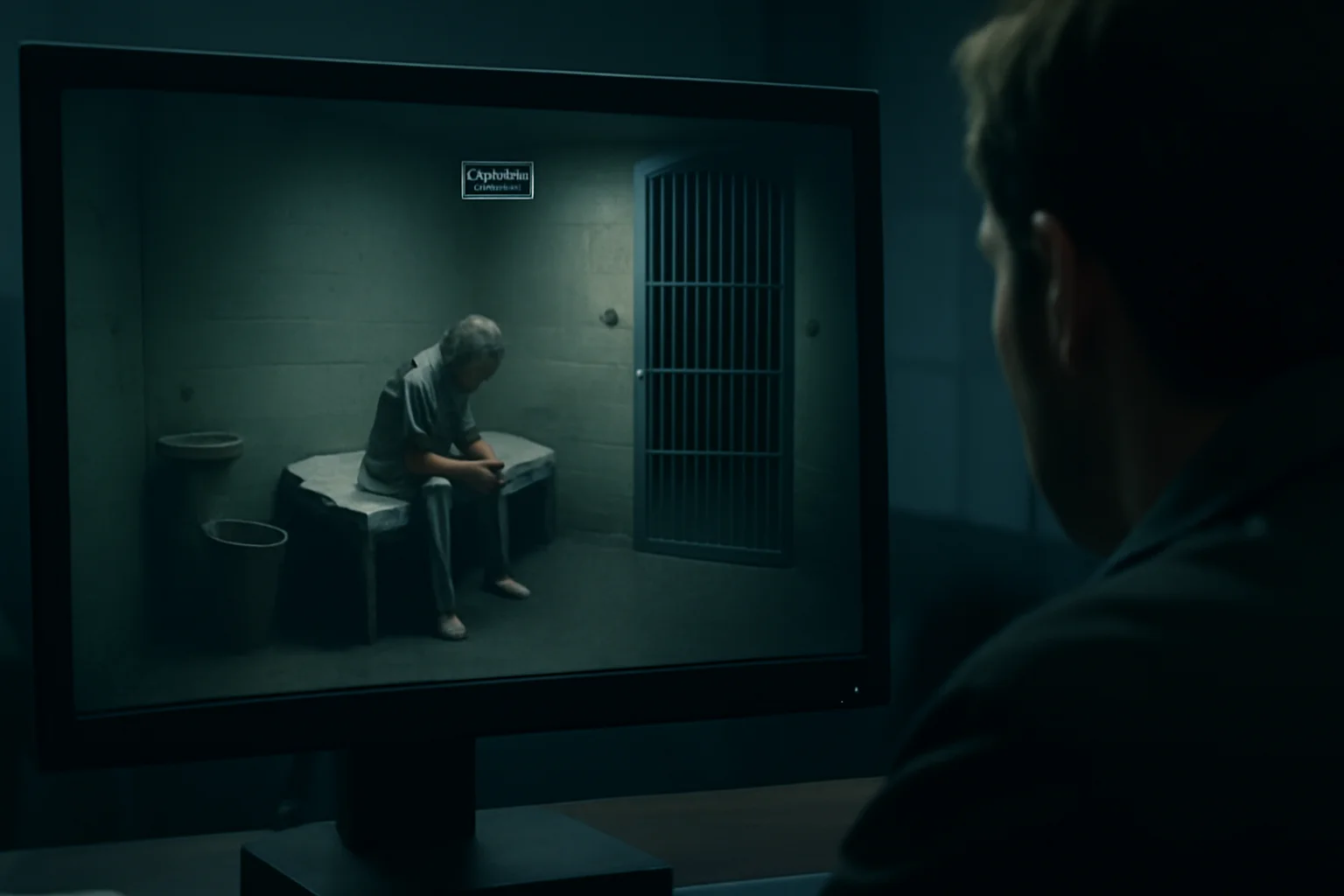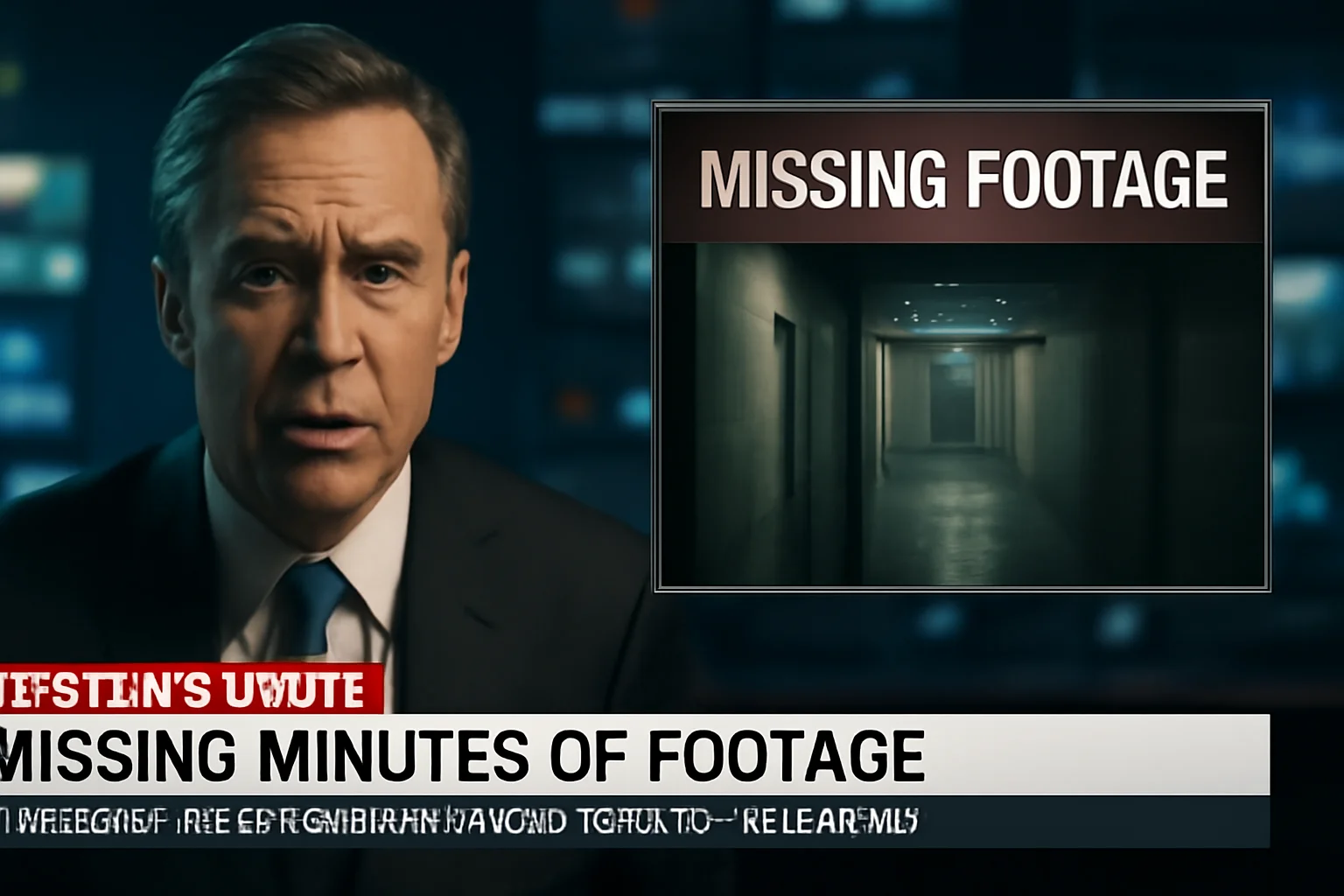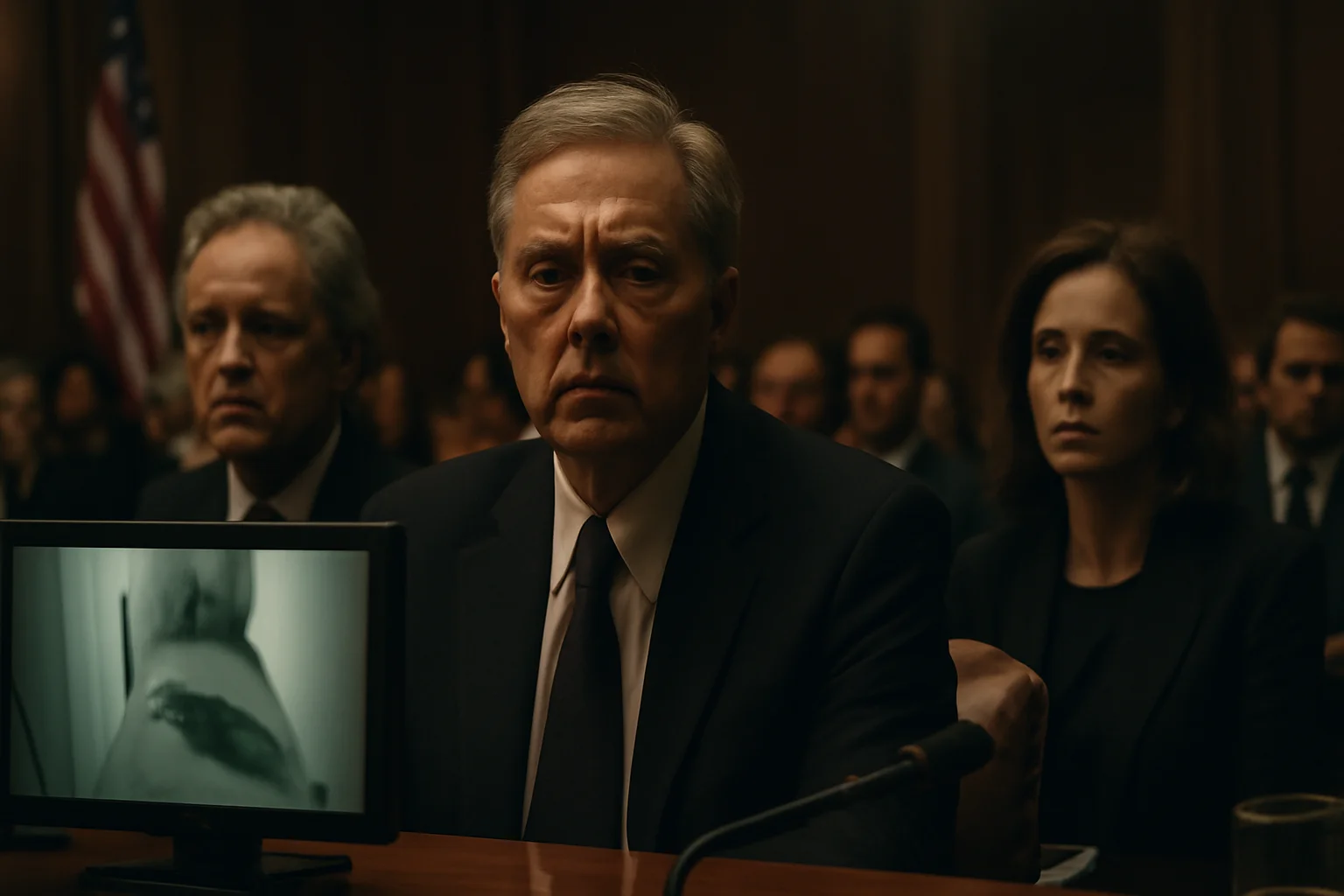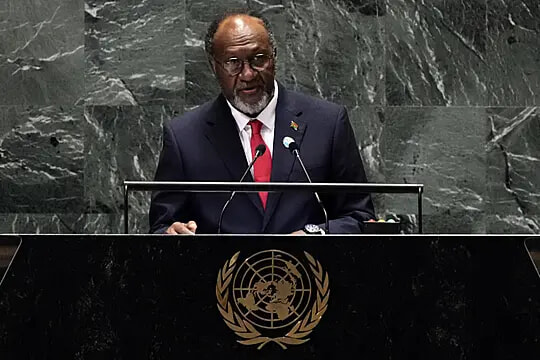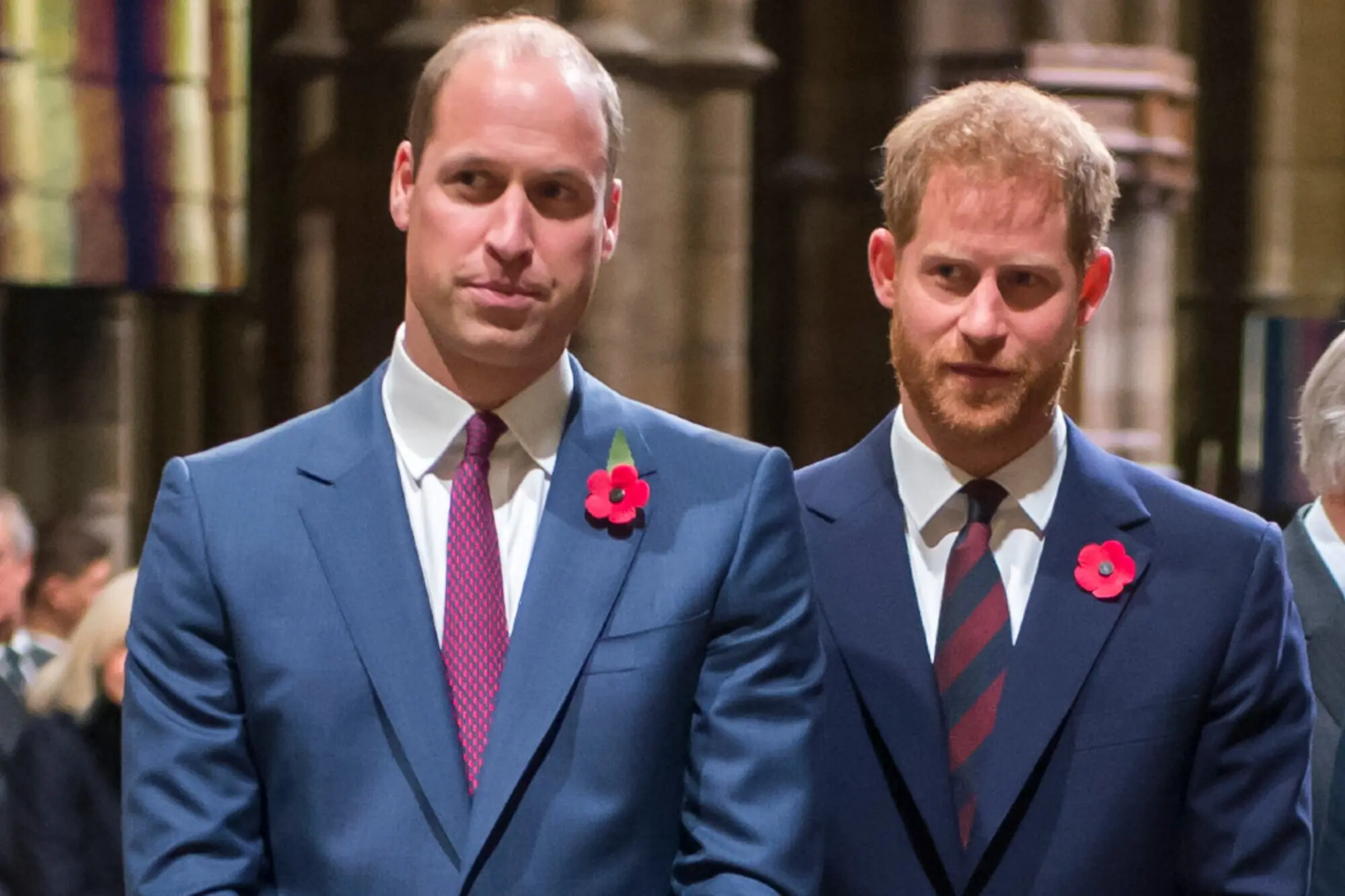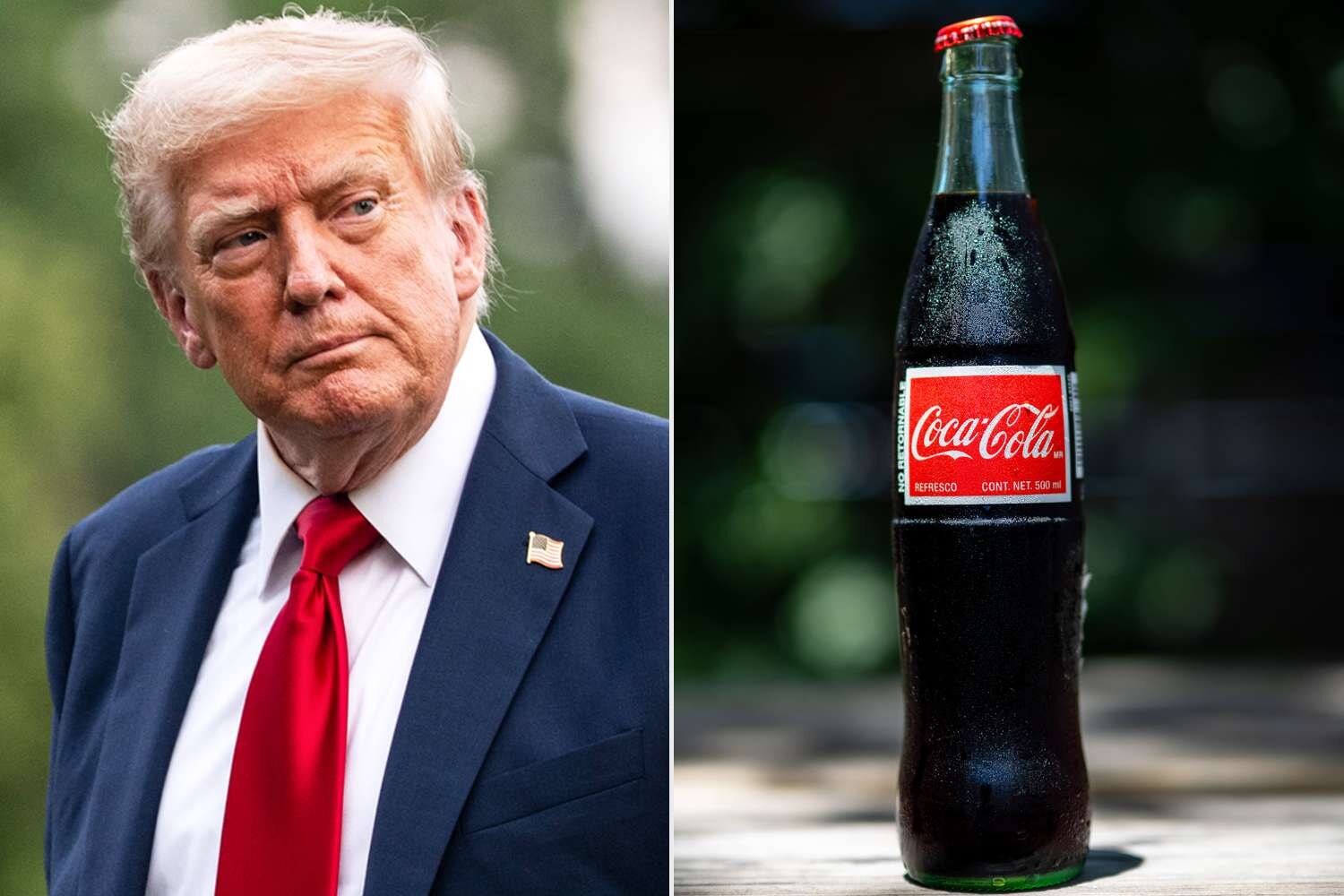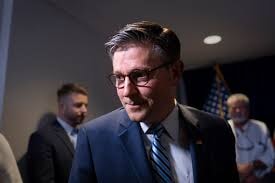The night in question, August 9, 2019, began much like any other inside the stark, cold walls of the Metropolitan Correctional Center in New York City.
Jeffrey Epstein, the financier whose name had become synonymous with scandal and conspiracy, waited alone in his Special Housing Unit cell.
He was facing federal charges of sex trafficking and conspiracy, a storm of headlines swirling around him with each new development.
A single surveillance camera watched over the tier outside his cell, the lens trained on the corridor, stairs, and common area—but never the cell door itself.
For weeks, the world had been consumed by the story, questioning not just Epstein’s alleged crimes but the integrity of the institutions charged with holding him.
On the eve of his death, security was supposed to be airtight, yet cracks had already started to show.
The surveillance system at the facility was described as outdated and prone to frequent malfunctions, with DVR hard drives that failed so often they routinely needed replacing.
Tensions among staff and inmates simmered, fueled by rumors and the high-profile nature of Epstein’s presence.
Within those walls, a sense of unease was as constant as the buzzing fluorescent lights.
What the cameras did capture was limited—a blurred view, grainy images, and too many shadows.
But on this night, it was not what was seen, but what would go unseen, that would haunt the narrative for years to come.
